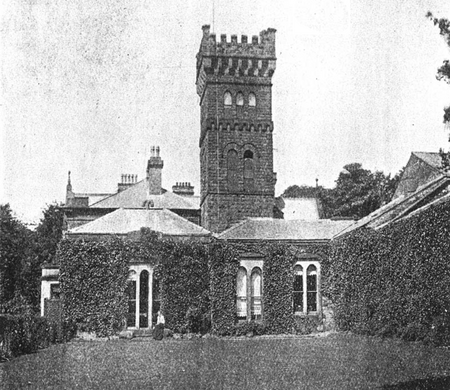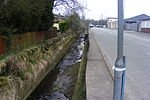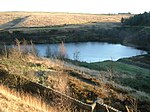Crompton Hall

Crompton Hall was an historic house situated at Crompton Fold in the township of Crompton, Lancashire, and within the historic parish of Prestwich-cum-Oldham.Crompton Hall was in the township for hundreds of years. The hall has two known stages, the first being a medieval one, of which the manor existed at least as early as 1442 to provide for Norman conquest settlers, the second was a 19th-century phase, built in c.1848 with much more splendour, and reflected the Crompton's increased affluence much due to the Industrial Revolution which took place in the town. Crompton Hall was demolished in 1952, but much of its forested gardens still remain today. The location of the demolished house, by then within the suburbs of Greater Manchester, was "Buckstones Road, Shaw, Greater Manchester".
Excerpt from the Wikipedia article Crompton Hall (License: CC BY-SA 3.0, Authors, Images).Crompton Hall
Buckstones Road,
Geographical coordinates (GPS) Address Nearby Places Show on map
Geographical coordinates (GPS)
| Latitude | Longitude |
|---|---|
| N 53.585833333333 ° | E -2.0791666666667 ° |
Address
Buckstones Road 221
OL2 8DF , Crompton Fold
England, United Kingdom
Open on Google Maps







